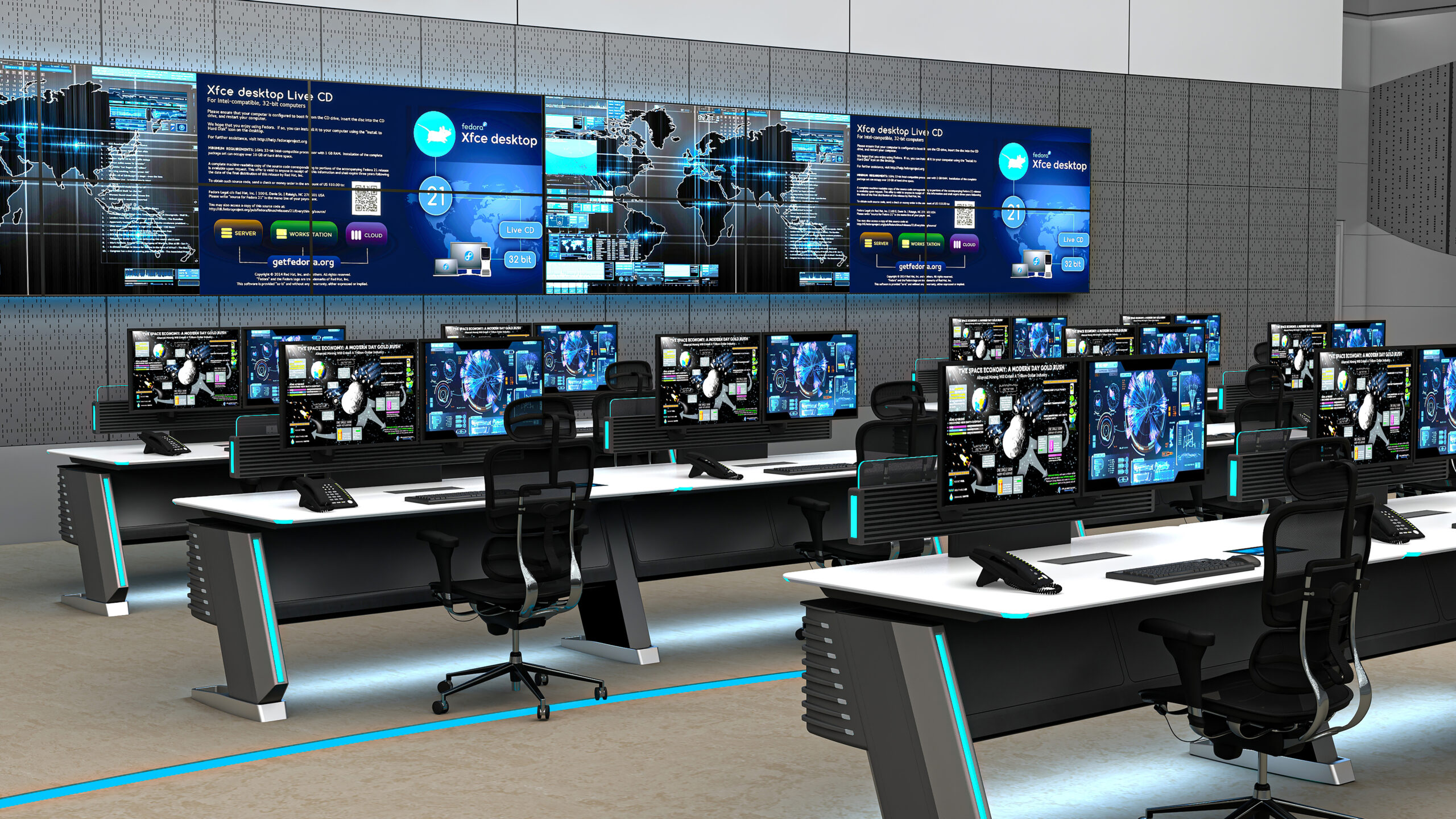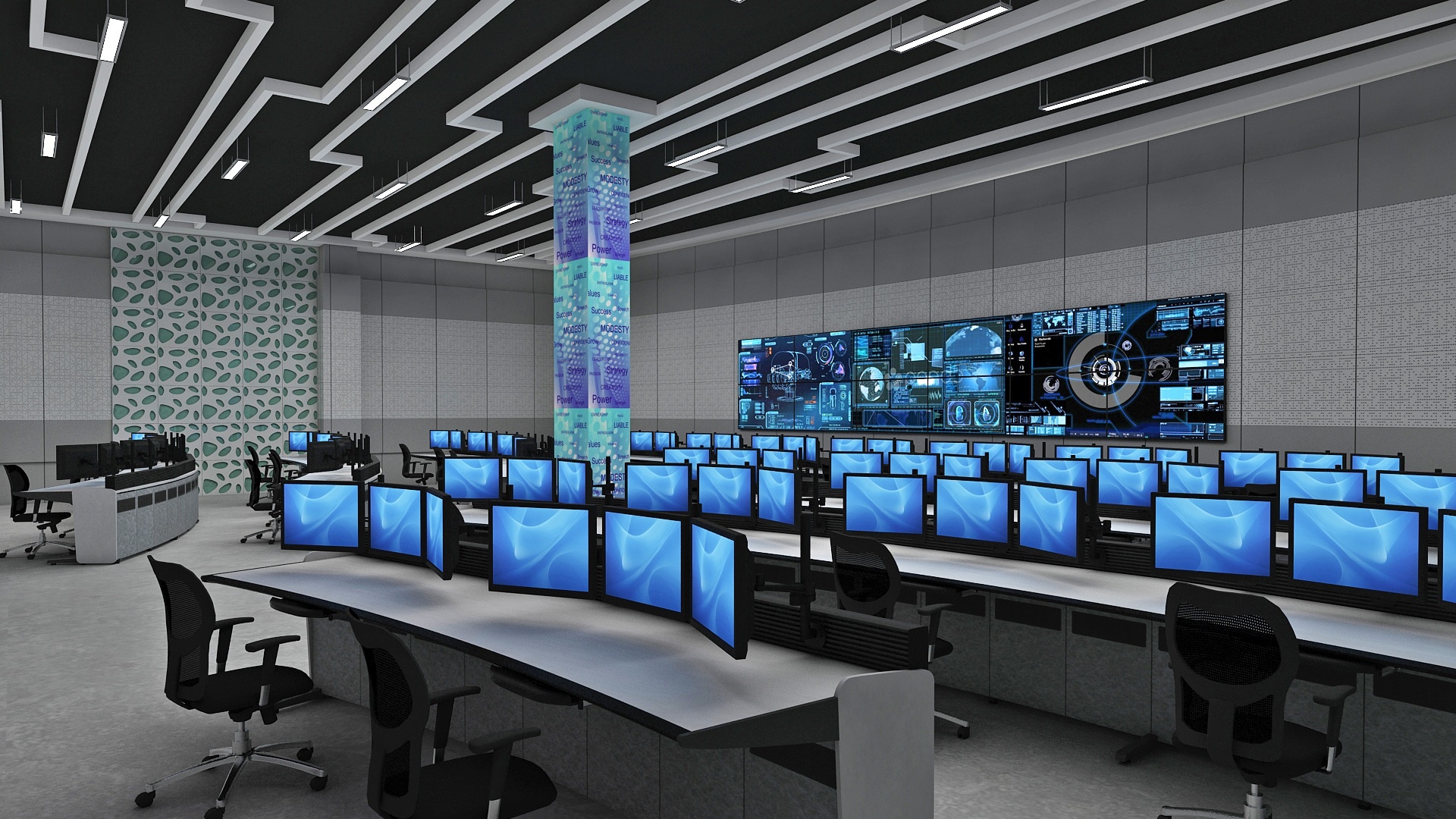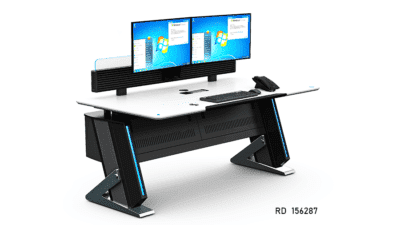
Control Room Console: Tech & Ergonomics in Oil & Gas Industry
The oil and gas industry demands precision, efficiency, and unwavering focus from its control room operators. The heart of these operations is the control room console, a critical component that houses essential equipment and supports the operator’s workflow. A well-designed control room console is more than just a piece of furniture; it’s a strategic asset that directly impacts operational efficiency, operator well-being, and overall productivity.
The Importance of Ergonomic Control Room Console Design
The oil and gas industry is characterized by demanding and often stressful work environments. Operators spend long hours monitoring and controlling complex systems, making split-second decisions that can have significant consequences. An ergonomic control room console design is essential for mitigating the physical and mental strain associated with this role.
A well-designed console promotes optimal posture, reducing the risk of musculoskeletal disorders such as back pain, neck pain, and eye strain. Adjustable features, including height-adjustable work surfaces and monitor arms, allow operators to customize their workstations to suit their individual needs. Additionally, ample legroom and sufficient workspace are crucial for preventing discomfort and fatigue.
The Role of Control Room Console Manufacturers
Selecting the right control room console manufacturers is a critical decision. Look for manufacturers with a proven track record in the oil and gas industry, possessing a deep understanding of the unique challenges and requirements of this sector.
A reputable manufacturer should offer a range of customizable options to cater to different control room configurations and operator preferences. Moreover, they should prioritize ergonomics, safety, and durability in their product design.
Integrating Technology into Control Room Console Solutions
Modern control rooms are hubs of technology, Effective control room console Solutions must seamlessly integrate technology while maintaining ergonomics.
Cable management is a key aspect of console design. Cluttered cables can create hazards and hinder workflow. Well-designed cable management systems keep the workspace organized and visually appealing.
Moreover, the console should accommodate the latest display technologies, such as large-format monitors. Flexible mounting options and adjustable monitor arms are essential for optimal viewing angles and operator comfort.
The Impact of Control Room Console on Operator Performance
A well-designed control room console directly impacts operator performance and overall operational efficiency. By prioritizing ergonomics and technology integration, organizations can achieve the following:
- Improved Operator Well-being: Ergonomic consoles reduce physical discomfort and fatigue, leading to increased job satisfaction and reduced absenteeism.
- Enhanced Productivity: A comfortable and efficient workspace enables operators to focus on their tasks, leading to increased productivity and accuracy.
- Reduced Errors: Fatigue and discomfort can contribute to errors. Ergonomic consoles help create a more alert and focused workforce.
- Optimized Workflow: A well-organized console facilitates smooth workflow and reduces time wasted searching for equipment or information.
Creating a Safe and Efficient Monitoring Room Interior
The monitoring room interior is more than just a collection of consoles. It’s a holistic environment that supports operator performance. Factors such as lighting, acoustics, and environmental conditions play a crucial role in creating a safe and efficient workspace.
Adequate lighting is essential for reducing eye strain and fatigue. A combination of ambient and task lighting is ideal. Noise levels should be minimized to prevent distractions and improve concentration.
The Importance of Customization in Operator Workstations
Every operator has unique needs and preferences. Therefore, operator workstations should be highly customizable to accommodate individual differences. Adjustable features, such as keyboard and mouse trays, monitor height, and chair adjustments, are essential for creating a personalized workspace.
FAQs
Q: What are the key factors to consider when selecting a control room console?
A: Key factors include ergonomics, adjustability, durability, cable management, and compatibility with existing equipment.
Q: How can a control room console improve operator well-being?
A: Ergonomic consoles reduce physical strain, improve posture, and create a comfortable workspace, leading to improved operator well-being.
Q: What is the role of technology in control room console design?
A: Technology plays a crucial role in integrating equipment, providing flexibility, and enhancing the operator experience.
Q: How can a control room console impact operator performance?
A: A well-designed console can improve focus, reduce errors, and increase overall productivity.
Q: What other factors should be considered for a successful control room environment?
A: Other factors include lighting, acoustics, environmental conditions, and emergency procedures.





No Comments